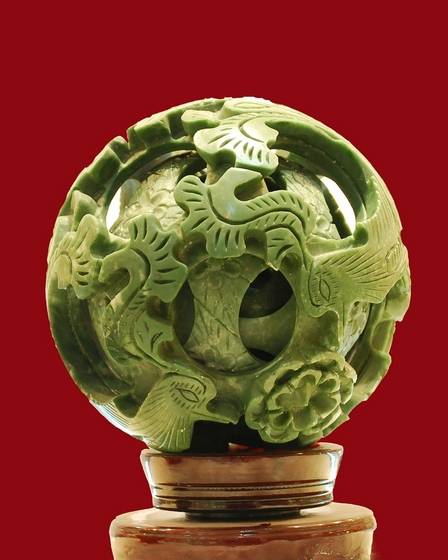Beijing
The Wangfujing market was a delightful mix of odd places. It combined elements of street markets and department store shopping. The main thoroughfare was like a large outdoor mall, not far off what you'd find in America. They had a McDonalds, a Gucci store, and other name International brand stores that if I could remember, you would recognize. To the left of the Dongan Dept. Store in the pic below, you can see the rightmost 1/3 of the Rolex logo. These Rolexes? Not fake. And not cheap.
 |
| Yep, that's the Dongan department store. "Like, that place is totally dongin', dude!" |
 |
| Yes, I'd like a slice of medicine, please. |
The first pharmacy we stopped in was all roots and stems and leaves. There did appear to be a more westernized pharmacy, right on the main street of the mall, so we tried there. They had medicines for more dire afflictions. When we walked in, they showed us a little laminated card that listed things like diabetes, gout, and other diseases you manage, not cure. I actually asked them about one or two of the medications, but what they offered was something like a two month supply of something or other, and it was not cheap, so we passed.
The part I liked best about the Wangfujing market was the side streets. I think that was true in most of China, and most of life, in fact. I like the side trips, the dark alleyways, the unexplored corners. Taking a narrow path off the main Wangfujing drag, you enter what really seemed like the market to me. Dozens of open air booths, mashed in side-by-side, crammed with trinkets and trash, all waiting to be bartered for.
There were little black plates, little red books, little red lucky tassels on hooks!
Oh crap, I went Seuss there for a minute.... sorry about that. The point is that there are endless little oddities in these booths. Little bits of artwork, kids toys, electronics, t-shirts. The variety was dizzying. I don't recall buying anything at this market, but we did a lot of browsing.
 |
| Best shirt I saw there. I love Beijing, too! But where would you wear it? To the kids' school? |
And in doing so, I got to relive Chris Farley's "fat guy in a little coat" routine from Tommy Boy (minus the rippage). So, the sizes run a little smaller there, then? Ok, fair warning. But c'mon! I tried on the 3XL coat and it was tight too! As that was the largest size they had, I didn't have to argue much that I didn't want to buy anything.
Ultimately, I ended up at that Dongin' department store shown above. Their ground floor was a cool toy store with some really neat toys in it. Robots, artwork (and crap, too), but as we went up the escalator, we found more clothes for men and women. We had to hit the restroom, and on the way out of this restroom on something like the 5th floor, we were accosted.
Not by mosquitoes, so much as just really aggressive sales women. And they wanted me to buy shirts. Oh, boy did they. But I didn't want a shirt. Not there. Not then. But I had been looking at leather coats about an hour earlier. And they had leather coats.
This particular saleslady was relentless, and we started haggling on price. I didn't want to pay what they were asking, and she didn't speak much English. But she barked at me what she knew. These words came out abruptly, in almost a shout. Imagine a little Chinese saleswoman yelling at me "Finish!" (meaning, "this is my final price") and "Bigger!" (meaning, "you need to come up in price") and somewhat less understandably "Flanders!" (meaning, ... err... I had no idea what she meant).
Eventually we settled on $30 for a very nice faux leather jacket. Size? XXXXL, the biggest they had. Yep, I'm nearly too fat for China. I'm a big guy, but I'm not enormous. Some people I can only imagine are turned away at the door.
I've already mentioned what it was like to see the open air food markets in Beijing, so I won't recount that here, but I can say we ended our day at a nice little pub place in the middle of the Wangfujing mall area quaffing beer, where earlier, we'd watched the Gucci store guys play a game of "pick the booger and try to wipe it on your friend." People watching is even more entertaining when you have no idea what they're saying and they're being childish. We were hoping maybe they'd play the "cup a fart and waft it" game, too, but they didn't.
Up next, the Suzhou market.
